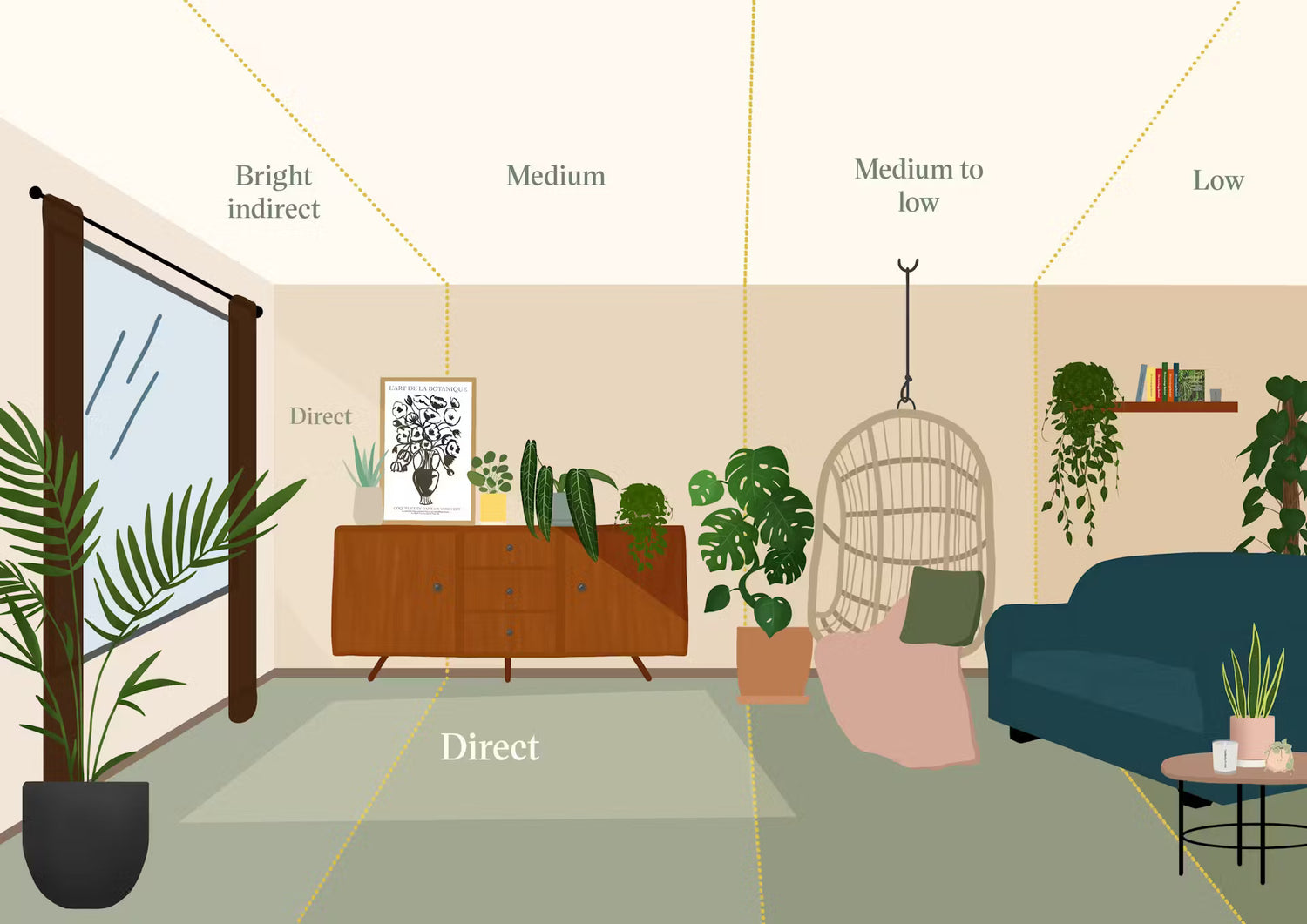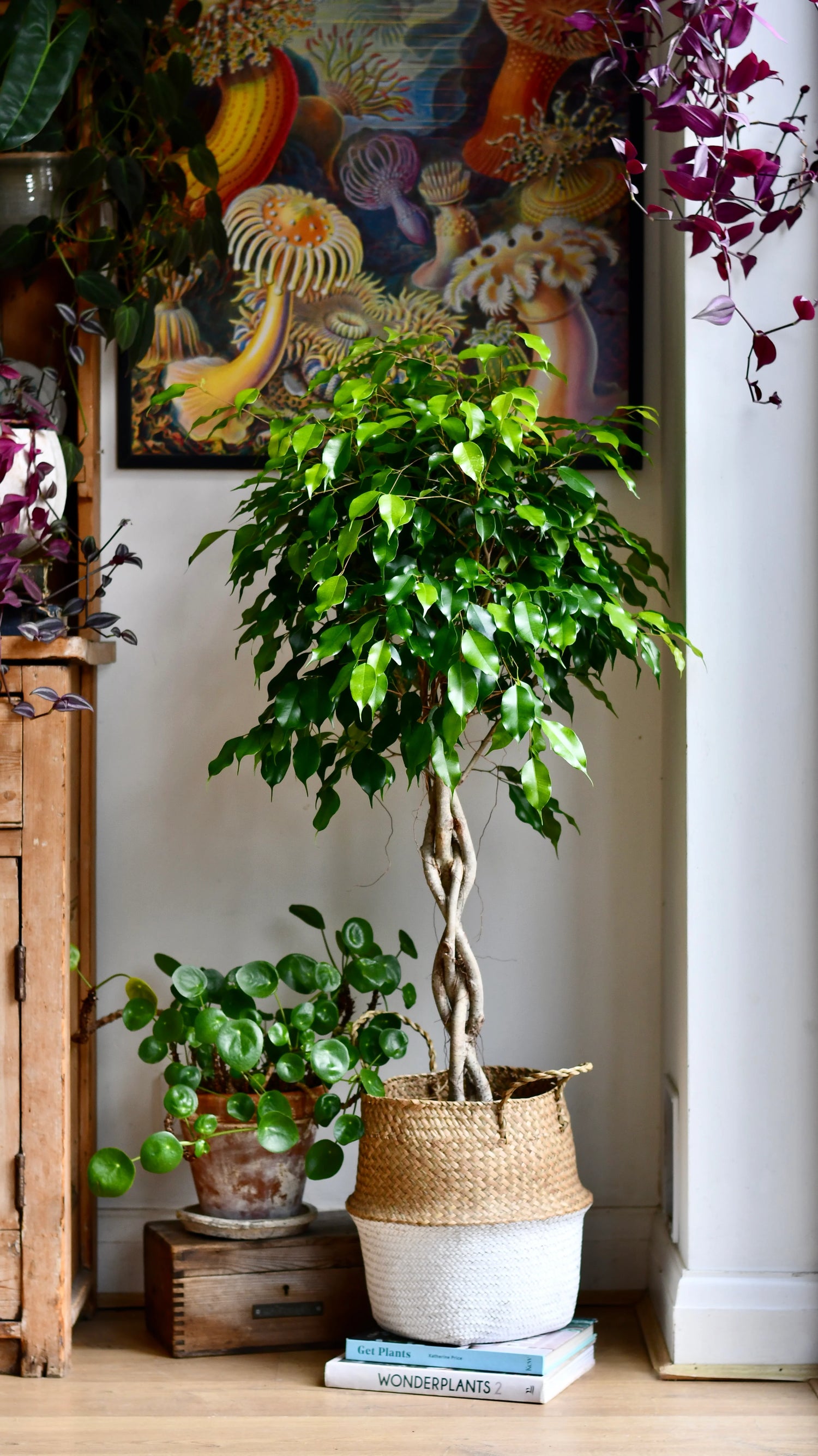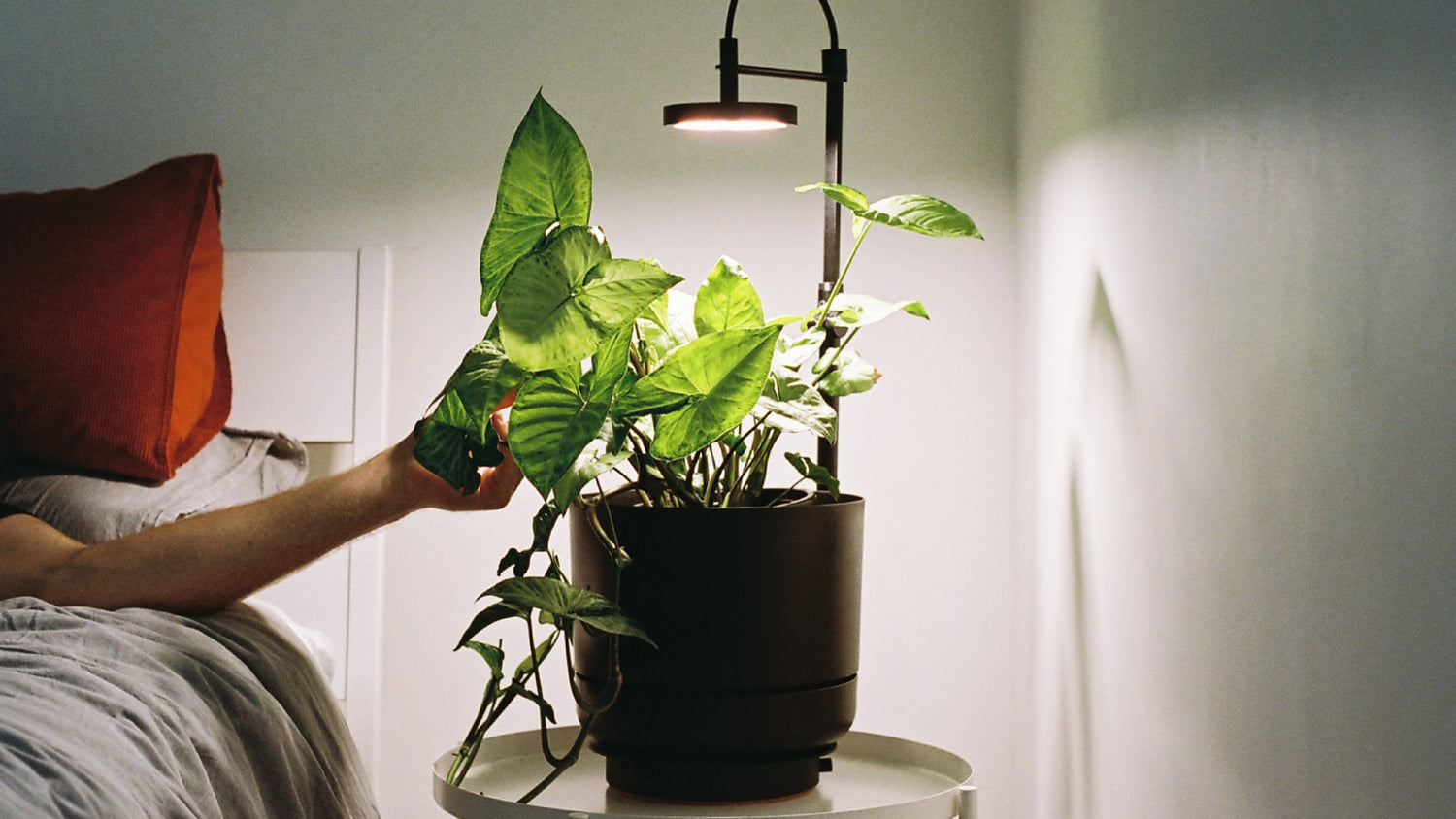
Know Your Light Levels
Different areas in your home receive varying levels of light throughout the day. Assess the intensity and duration of sunlight in each location to determine the best spots for your plants. Pay attention to factors like direct sunlight, indirect light, and shade.
Understanding Plant Light Requirements
Plants can be categorized into three main groups based on their light preferences: low light, medium light, and bright light.
- Low-light plants can thrive in areas with minimal natural light.
- Medium-light plants require some indirect sunlight.
- Bright-light plants need several hours of direct sunlight daily.

Assessing Your Indoor Light Conditions
Observe the lighting conditions in different areas of your home throughout the day. Note the intensity and duration of sunlight exposure. South-facing windows generally receive the most sunlight, while north-facing windows tend to provide lower light levels.
Matching Indoor Plants with Light Conditions
Select indoor plants that are compatible with the available light in your home.
- For low-light areas, consider plants like snake plants, pothos, or peace lilies.
- Medium-light plants such as philodendrons, spider plants, and ZZ plants can thrive in spaces with indirect sunlight.
- Bright-light plants like succulents, cacti, and certain types of palms require ample sunlight and do best near south or west-facing windows.
Rotating Your Houseplants
Rotate your plants periodically to ensure they receive uniform light exposure. This prevents them from leaning or growing unevenly towards the light source. A quarter turn every week can help promote balanced growth and prevent leggy or lopsided plants.

Supplemental Lighting
If your home lacks sufficient natural light, consider supplementing with artificial grow lights. LED or fluorescent grow lights can provide the necessary light spectrum for plant growth, especially during the darker winter months or in rooms with limited sunlight exposure.
Watch for Signs of Houseplant Light Stress
Plants will often exhibit signs of light stress if their light requirements aren't met. Symptoms include pale or yellowing leaves, leggy growth, or leaves turning brown and crispy. Adjusting the plant's placement to provide more or less light can help alleviate these issues.
